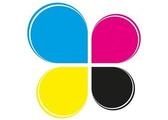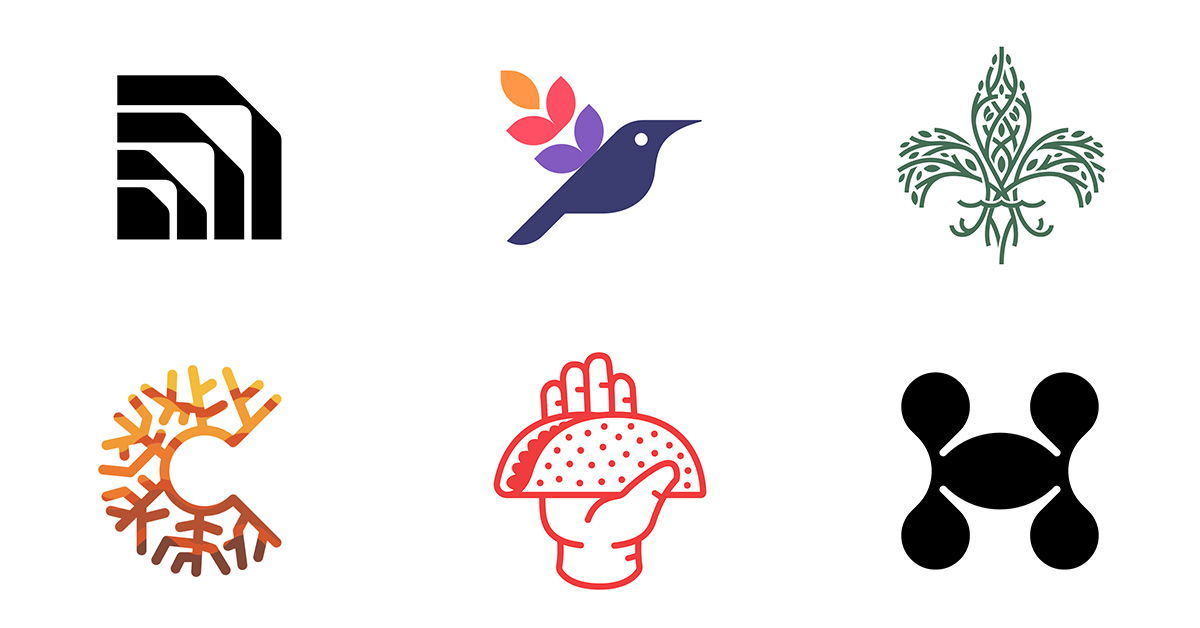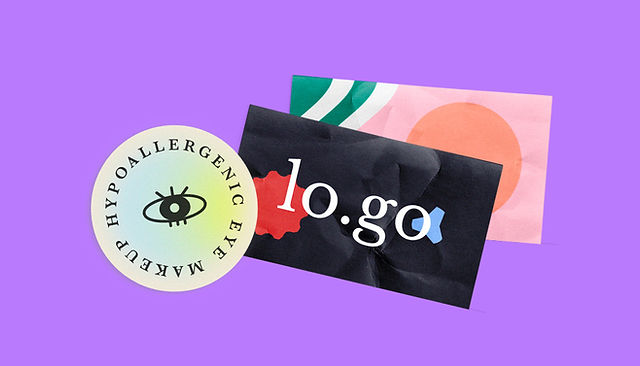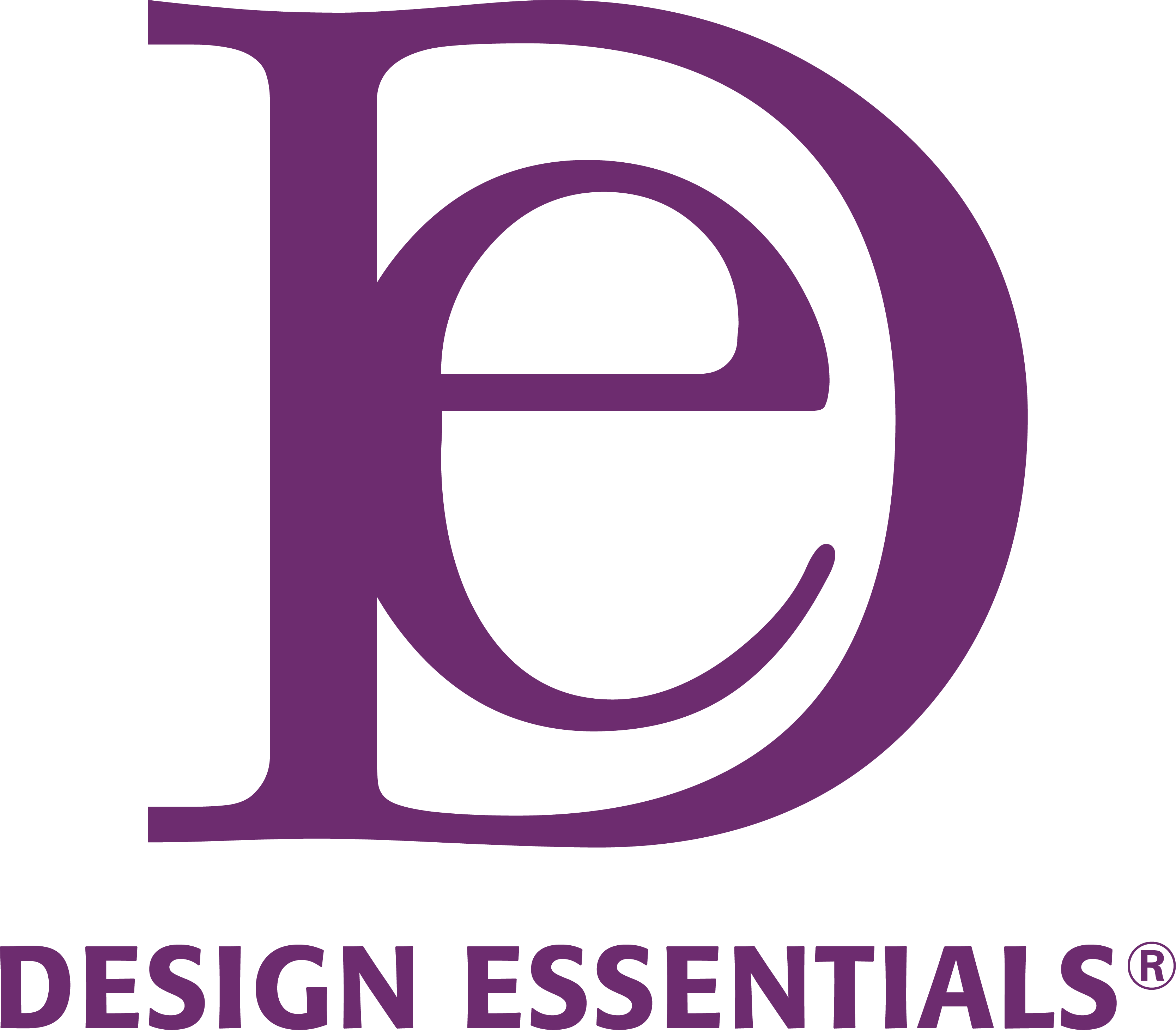Logo Design Dos and Donts: Common Mistakes to Avoid
Introduction
Creating a logo is a crucial step in establishing a strong brand identity. A well-designed logo can leave a lasting impression on your audience and differentiate your business from competitors. However, there are certain dos and don’ts that every designer should keep in mind to ensure a successful logo design. In this blog post, we will explore some common mistakes to avoid when designing a logo, and provide valuable insights to help you create a visually appealing and impactful logo for your brand.
1. Do: Research and Understand the Brand
Before diving into the design process, it is essential to thoroughly research and understand the brand. Familiarize yourself with the company’s values, target audience, and industry. This knowledge will help you create a logo that accurately represents the brand’s personality and resonates with its target market.
2. Don’t: Rely on Trends
While it’s important to stay updated with design trends, relying solely on them can lead to a logo that quickly becomes outdated. Instead, focus on creating a timeless design that will remain relevant for years to come. A logo should be able to withstand the test of time and not be influenced by passing fads.
3. Do: Keep It Simple
Simplicity is key when it comes to logo design. A cluttered or overly complex logo can confuse viewers and fail to make a lasting impact. Aim for a clean and minimalistic design that is easily recognizable and memorable. Remember, simplicity does not mean boring; it means conveying the message effectively with minimal elements.
4. Don’t: Use Too Many Fonts
Using multiple fonts in a logo can create visual chaos and make it difficult to read and understand. Stick to one or two fonts that complement each other and align with the brand’s personality. Consistency in typography will help maintain a cohesive and professional look.
5. Do: Opt for Scalability
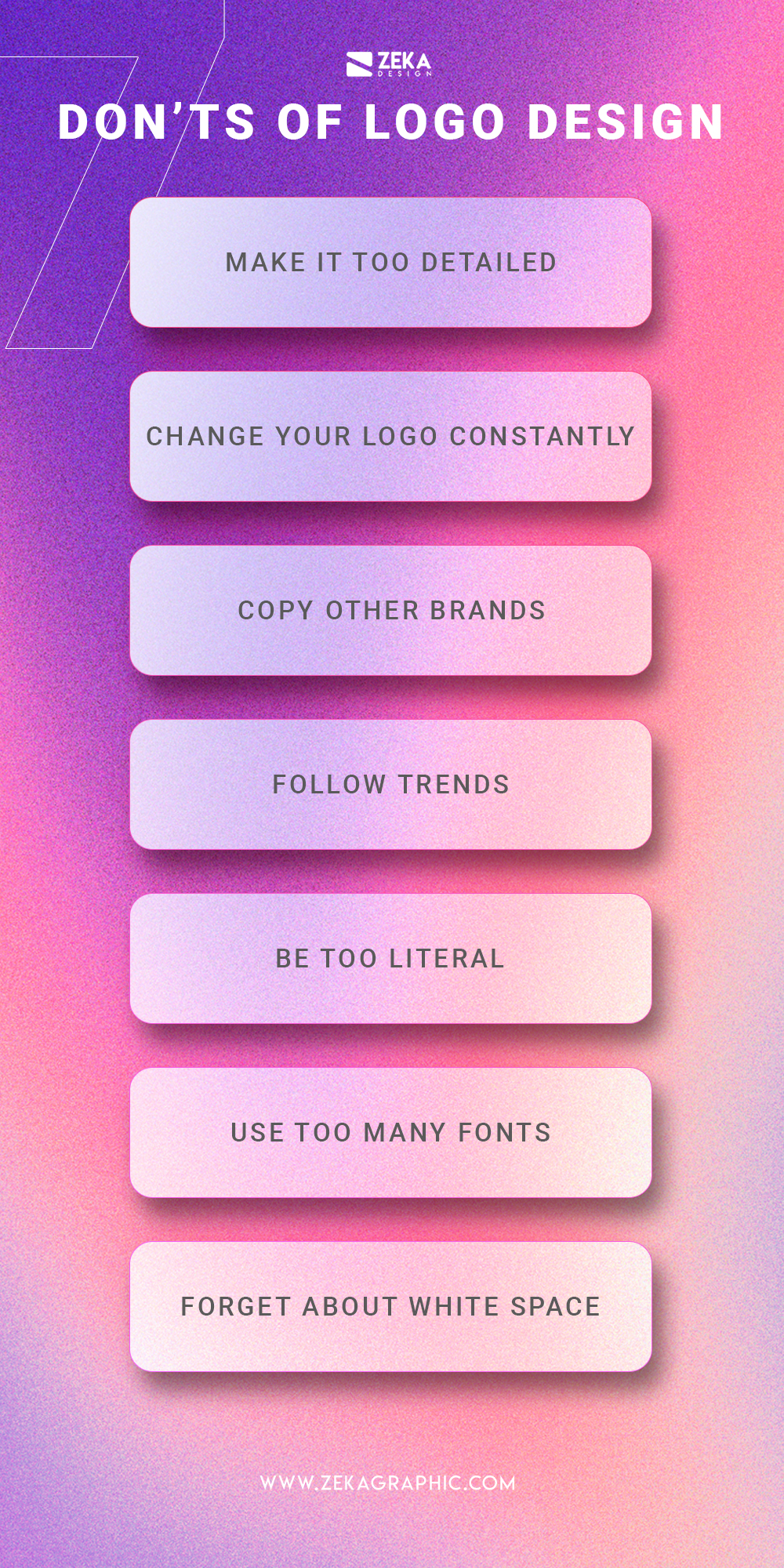
A logo should be versatile and scalable to ensure it looks great across various mediums and sizes. Whether it’s displayed on a billboard or a business card, the logo should maintain its clarity and legibility. Avoid intricate details that may get lost when scaled down and focus on creating a design that is adaptable.
Summary
Designing a logo requires careful consideration and attention to detail. Here are some key dos and don’ts to keep in mind:
- Do: Keep it simple and memorable. A cluttered logo can confuse your audience and make it difficult to recognize your brand.
- Do: Use appropriate colors and fonts that align with your brand’s personality and target audience.
- Do: Ensure scalability and versatility of your logo design. It should look great across different mediums and sizes.
- Don’t: Rely too heavily on trends. A trendy logo might quickly become outdated, so aim for a timeless design.
- Don’t: Overcomplicate your logo with excessive details or intricate graphics. It should be easily recognizable and understandable.
- Don’t: Forget to consider the context in which your logo will be used. It should be adaptable to various backgrounds and platforms.
By following these dos and avoiding the common don’ts, you can create a logo that effectively represents your brand and resonates wit read more h your target audience. Remember, a well-designed logo is a powerful tool in building brand recognition and establishing a strong visual identity.
- Q: What are some common mistakes to avoid when designing a logo?
- A: Some common mistakes to avoid when designing a logo include using too many fonts or colors, creating a complex or cluttered design, not considering scalability, and not researching the target audience.
- Q: Should I use too many fonts or colors in my logo design?
- A: No, using too many fonts or colors can make your logo look unprofessional and confusing. It is recommended to stick to a maximum of two fonts and a limited color palette to maintain a clean and cohesive design.
- Q: What should I consider when designing a logo?
- A: When designing a logo, it is important to consider factors such as simplicity, scalability, versatility, relevance to the brand, and appeal to the target audience. These elements contribute to creating a successful and effective logo.
- Q: Is it necessary to research the target audience before designing a logo?
- A: Yes, researching the target audience is crucial in logo design. Understanding the preferences, demographics, and interests of the target audience helps in creating a logo that resonates with them and effectively communicates the brand’s message.
- Q: What is scalability in logo design?
- A: Scalability refers to the ability of a logo to be resized without losing its visual integrity. A well-designed logo should look equally good and be easily recognizable whether it is displayed on a small business card or a large billboard.

Hello, I’m Luca Cornwall, a passionate and experienced Graphic Designer specializing in various aspects of design, including banner and poster design, web design principles, typography insights, and color theory. With a keen eye for detail and a strong creative vision, I strive to create visually stunning and impactful designs that effectively communicate messages and captivate audiences.
